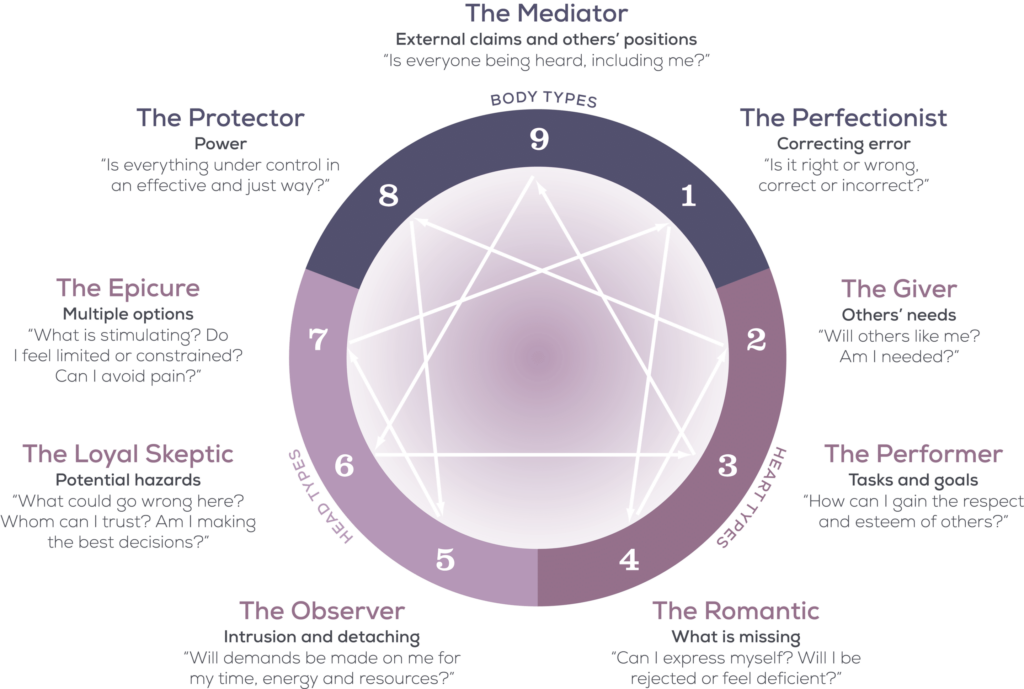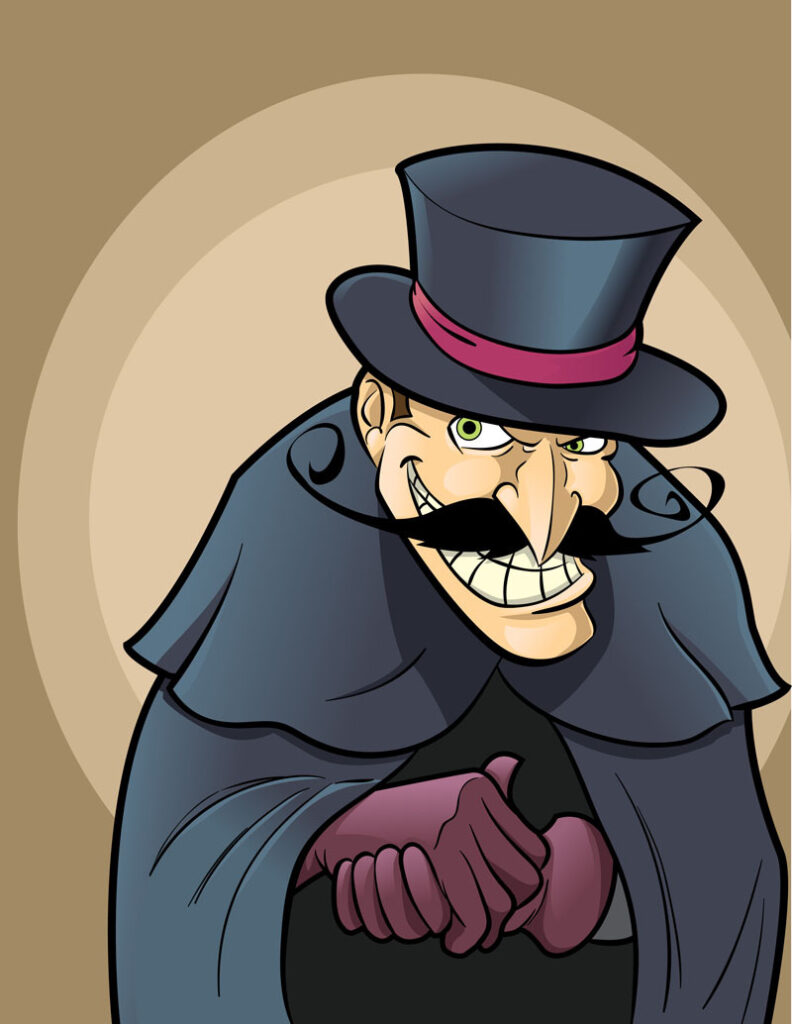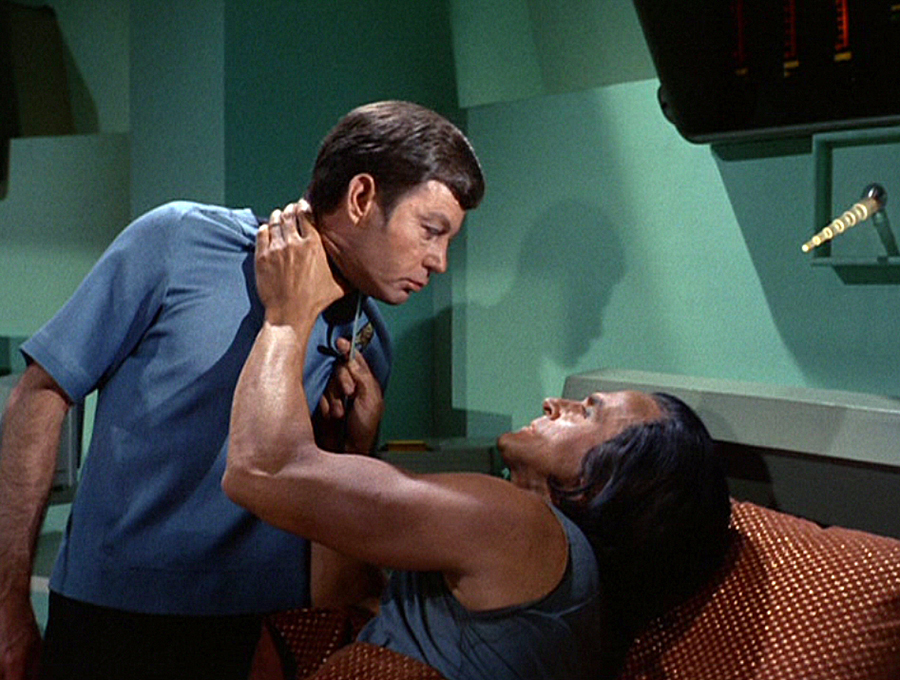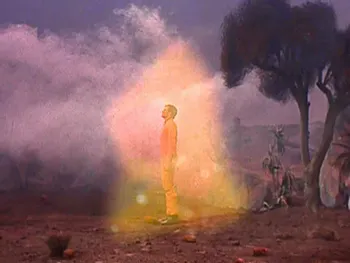by JM Strasser
The American Heritage Dictionary defines a villain as three things: 1) a wicked or evil person, a scoundrel, 2) a dramatic or fictional character typically at odds with the hero, and 3) Something said to be the cause of particular trouble or an evil.
We usually think of the mustached man, grinning and rubbing his hands together. We know he is up to no good. It is what you call a cliché, something that has been used so much that it is seen as uninspired or just plain stale.
A villain is really the counterpart to our hero, and it can be a person, a situation, or even an inner conflict. Anything that gets in the way of achieving what the hero needs to do. Both the villain and the hero must have an obstacle to overcome; otherwise, it is BORING. You will not succeed as a species if you don’t thrive at a challenge. Evolution is all about whatever works to achieve survival. We are the culmination of this strategy and need this struggle. So, we are interested in overcoming a challenge because it is in our DNA; without that, we lose interest quickly. Our storytelling started with tales around the campfire about overcoming obstacles that were passed down to each generation. It was practical as well as entertaining. Think of Superman, who never has a problem stopping the bad guy or a crashing airplane. We’re happy he does that, but we don’t get invested because he can’t fail; we know what will happen. A villain can’t win all the time, either. The more the villain struggles and then achieves some dastardly deed, the more interesting they are. Not only does each character need someone or something to fight against, but they also need to have a weakness. So there is Kryptonite and Superman’s love for Lois that helps us get invested in the story.
One of the best villains in Star Trek is Kahn Noonien Singh. In the original series, his episode was one of the most popular, so popular that he got his own movie, “The Wrath of Kahn.” He ticked off the boxes pretty well in what makes a good villain. Kahn woke up the other super people like himself, recruited a member of the Enterprise crew, and got very close to taking over, showing he had the capacity and willingness to do bad things. Kahn was fleshed out as a complex man, much to be admired. Superior in mind and body, he had a firm conviction that improving man was the best way to improve the human race. The way the people of Earth turned against these supermen the humans had created gave us sympathy for him, all creating a good backstory. Finally, Kahn’s genetics gave him the superior strength and cognition to learn how the ship was built and run, overpower the crew, and seduce (with some force) the female historian to accomplish his campaign against Captain Kirk.

We can’t forget Darth Vader. He was terrifying, but wonderful in that first appearance in Star Wars. I’ll never forget the booing. He embodies evil, does horrific things, and seems willing to do more. His backstory of who he is and how far he has fallen. When he saves his son, it is dramatic. The backstory became a whole movie, so we feel sympathy for him. And finally, his prosthetic advantages and manipulation of the powerful force make him more than capable of doing evil deeds. All in all, such good fun! There is a need to make writing a struggle for the characters.
In the original Star Trek Metamorphosis, Captain Kirk tells the alien called the Companion, “Our species can only survive if we have obstacles to overcome. You take away all obstacles. Without them to strengthen us, we will weaken and die.” When I first started writing, I avoided anything too dark, and as a result, I got a pablum mess. Readers need a challenging conflict, so I learned, step by step, how to add some villainous behavior that worked for me. The first real scene I generated was from the need to justify a naval patrol boat leaving their commander, who had fallen into the ocean. A drunk group was chumming (throwing bloody meat chunks into the sea to attract sharks) and shooting at the sharks that came for this bounty. One of the drunks jumps into the zodiac the commander and crewman are in; it rocks, and they all go in the water. I had sharks kill the seaman and the drunk, but my critiquers thought there wasn’t enough evidence that the commander was dead. So, I created a bloody scene with body parts. The commander loses his leg, the crewman is munched, and the drunk loses his head as he is bit. Body parts are floating around.
In the meantime, the heroine rescues the commander, kicking a shark as she pulls him into her submersible boat. She approached him underwater and whisked him back to her ship, all hidden from the patrol boat. Hence, the crew doesn’t know he was rescued and assumes everyone in the zodiac is dead.
In my prose, I was very proud I could kill someone (it is said you should ‘kill your darlings’) to make it poignant and exciting. Unfortunately, my critique group didn’t like this passage, even though they informed me I must justify the patrol vessel leaving the area. I believe they didn’t want me to have sharks kill people or even kill, period. None of the stories in that group had violence. I have struggled to return to that scene for quite a while. I finally decided it must be done; it must have a stake. I fudged a bit, though, and badly mangled the seaman (still killed the drunk because, after all, he did a bad thing).
Looks like I went too far for me, and as long as it seems like everybody is dead, it works. Whew! The travails of writing. How do you craft a villain? Simple, you make them realistic, motivated, and human (meaning a fleshed-out persona) with legitimate grievances and reasons for how they turned out. Make sure they are capable of the feats you have them do to accomplish their tasks. Oh, and not overshadow the hero. Easy, right?
It turns out it is much easier to make a good villain than a hero. Why? Probably because no one is perfect, everybody has flaws, and we are reluctant to give defects to our heroes. That is why having internal conflict works well for a villain

One way of doing this is using a tool called an enneagram. It is a tool to map out the characteristics you will give a character. Established categories of personality types can be used in this context. It can help you with all the characters. Your characters will have a varying scale for each trait and combination of traits. The main characters should be rich and varied in their traits. Minor characters should be fleshed out, but not as much. Your characters will have a varying scale for each trait and combination of traits. Remember not to fall into the trap that the villain has too many good reasons. They are still a villain, and they do bad things.
Now you have constructed characters with different backgrounds, characteristics, and motivations, and… Yep, it’s time to write unless you still need to finish the world build. Ugh! Some people get lost in the world-building (which definitely includes character-building); it’s so much fun. Like research, it is hard to know when to stop. Find the deadline for all that. Whether you decide or you ask a friend or beta reader to help, and then WRITE!
©JM Strasser September 18, 2023 All Rights Reserved


